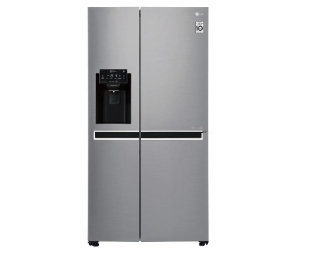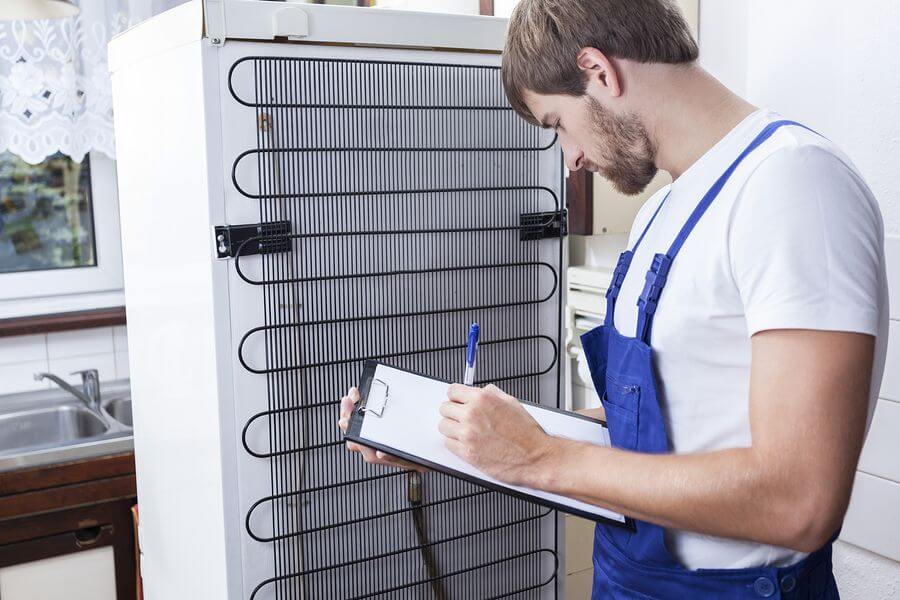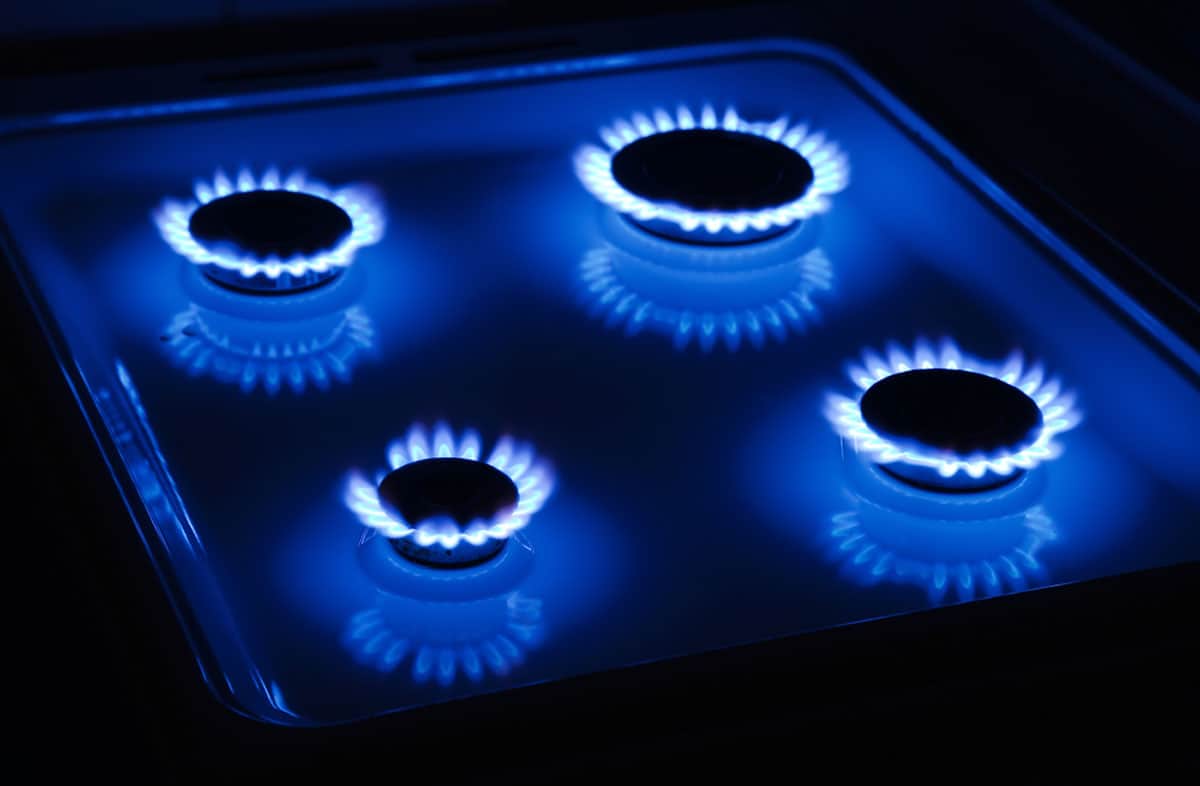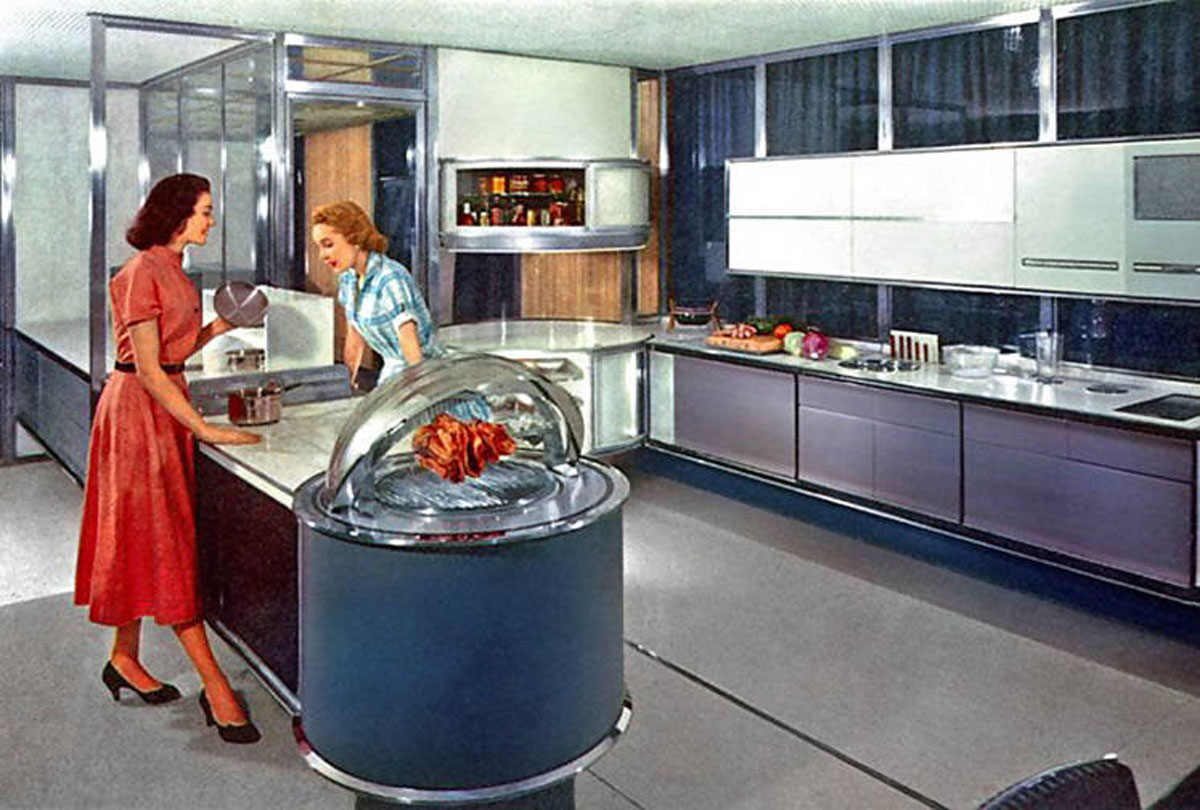So, your washing machine is no longer playing ball, doing as it should and finishing a full cycle without a hiccup (or a whole bunch of them)? This simple washing machine repair guide will help you answer the question, is it worth fixing?
Hints & Tips
By Admin
Repair most issues in less than 30 minutes
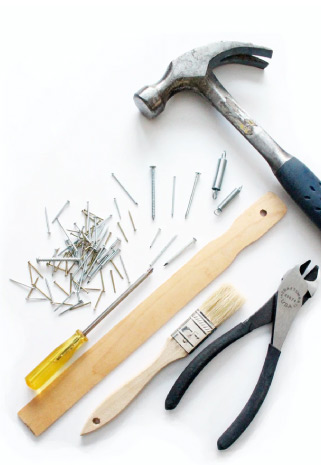
Preliminaries first
To save you unnecessary bother, let’s tackle the more obvious stuff first. If your washing machine’s a front loader and it sounds like an angle grinder being used in the middle of an electrical storm; you can go ahead and chuck it out. Similarly, if the silver drum has any more than a quarter millimetre of play up and down left and right (not rotationally obviously) it’s cactus.
If you can add the fact that it’s out of warranty — you can be assured it’s destined for the bin. Are the bearings failing or is the drum spider broken? Unfortunately, in current times neither of these elements are economically viable to repair. This is purely due to the cost of labour and the scarcity of the needed parts.
Now that’s out of the way, let’s begin our washing machine repair guide in earnest…
My washer is out-of-balance and it’s clanging (and banging)
If you start your wash fearing that at some point that you’re going to hear the sound of a small aircraft getting stuck in a rotary-belt, then you’ve assuredly got what we’d call a ‘clunker’ on your hands. You see, the most prolific problem with any washing machine usually relates the suspension components. Let’s explore some more…
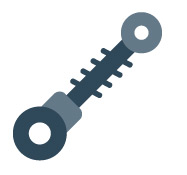
Suspension components
Suspension components do not have a fixed life span and will wear out with use. Did you know that the washing of duvets and quilts are the biggest killer of these parts? These types of bedding items should only be hand washed or taken to the laundromat.
Top loaders
The suspension components of top loaders consist of four springs or hydraulic rods, suspended from the top corners of the washing machine. They support the bottom of the drum and this is usually by way of plastic lugs. When these rods wear out they cause the top of the drum to bang around the inside of the machine. With time, this happens on incrementally lighter loads. Inevitably, these supporting rods become unusable. Does this sound like your clunky culprit?
Keep in mind, Fisher Paykel washers use a bios spring or a set of four rubber bands to control the top of the drum. Bios spring mounts do break off and rubber bands are known to snap. Therefore, these are a common source of problems for Fisher Paykel top-loaders. They often need repair alongside replacement rods. Replacing rods is generally easy and no special tools are required.
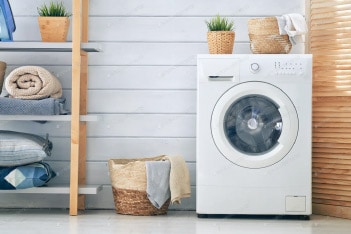
Front loaders
Front-load washing machines work in a different way. The drum is primarily hung from two to 4 four heavy springs, while downward movement is controlled by 2,3 or 4 shock absorbers. These normally act as friction dampers. While springs rarely need replacing, shock absorbers are the main source of failure. Any banging sound from the machine normally relates to these dampers bottoming out. Replacing these dampers are easy in some machines and an absolute nightmare in others… we’re looking at you LG!
My machine’s motor won’t turn (and fault codes are flashing)
Did you know that most washing machine brands will experience some form of motor failure in under five years? Regardless of quality, your washer will more than likely fall victim to its new-fangled system of overly complicated inverter drive electronics. (You’d be correct in noticing that it’s not actually the motor per se that is to blame.)

Inverter drive electronics
You see, in the search for increased energy efficiency most machines are now sold with inverter motors. These have replaced the power-hungry universal motor. Irrespective of all their downsides, universal motors are still infinitely more reliable.
These computers modify your machine’s incoming 240v power, turning it into a variable voltage (normally 100-215VAC). In doing so, they run quite hot. Given the increasingly compact requirements of these drive components, there isn’t a lot of room for a properly sized heat sink. This means that most inverter boards don’t last long.
To make the situation even more complicated, most brands do not supply inverter boards after five years. Adequate supply can become difficult even before that time, and when the boards are available they are usually prohibitively expensive. Some have suggested this to be designed obsolescence, ie. intentional. At least in some ways, we would have to agree. Yet, what it seems to boil down to is that inverter motor codes rarely present as economically viable for repair.
If your washer has an old school universal motor
then the problems are pretty straight forward. Usually, it’s carbon brushes that are the cause. It’s fairly easy to replace these — with the exception of Siemens and Bosch. (Siemens’ motors of old require you to split the motor to replace the brushes, and Bosch motors use carbon cartridges that leave nearly no room for the spring so you have to hold your mouth right to fit them).
Some motors still use capacitors. These are normally top-loaders and these power storage devices regularly fail. At least they are cheap and easy to replace — most are in the 7-14 microfarad range. If your machine does not state its inverter drive then it likely has one of these motors. Therefore, repairing the problem should be straightforward and relatively inexpensive.
There are water fill and drain faults
Water fill and drain faults are probably the second most prolific issue in washing machines. You see, all machines in Australia use a synchronous motor drain pump and 240vac fill solenoids. Both of these are very old technologies. First, let’s take a look at drain pipes…
Drain pipes
Drain pumps usually die after being blocked or jammed. This issue is compounded because without the flow of cold water over them they tend to overheat. Solenoid valves are virtually the same. They become blocked and without freshwater cooling them — well, you’ve got a ‘melting’ situation on your hands.
It’s always best to check the simple stuff here. Start by removing the drain filter on your machine (refer to manual or find one online). Look into its chamber: this area should be free of gunk or obstructions. Unplug the machine and give the impeller a few turns with your finger. It should turn freely but feel like your winding up a spring about every half a turn.
Solenoid valves
With solenoid valves, it’s best to remove the hose from the machine and then hang it over the tub and turn on the tap. Make sure there is a full bore of water there with good pressure. You’ll notice a little filter mesh in the valve (where the hose connects to). Pull this out with a pair of pliers and make sure it isn’t blocked. Then, clean or replace if it is and try again.
All these problems can be tackled by the DIY’er in the first instance. If nothing is pinpointed at this initial stage, then it’s time to call in the experts. You’ll be pleased to hear that most repairs to do with fill or drain are relatively inexpensive. However, some brands tend to have sinister problems, namely Samsungs — which like to terminate the mainboard when the valves fail.

I’ve got a problem with the lid locking/lid switches
All machines have some sort of lid position detection system. Most will cease the current cycle and beep if the lid is lifted. Or, in the case of front loaders — won’t start a cycle at all. All in all, there is little issue with these. This is with the unfortunate exception of LG top-loaders. These engineers here clearly thought it would be brilliant to mount the lid switch on the display board. When the dE error comes up it’s a new display for you, and that’s a big toll on the hip pockets!
Those machines with a lid lock (all front loaders, some top loaders) may have further issues. Some will lock properly but alarm anyway, and some won’t lock but indicate locked — which can get messy. All issues here are pretty easily and cheaply repaired.
Front-loaders often encounter a problem where the door handle becomes weak over time and won’t release the catch. Or worse; the interlock doesn’t release and an excitable owner breaks the door handle in frustration. If the machine is fitted with an emergency door release, then it’s not a huge issue. If not, then you’ll definitely need us out to open the door.
There’s no power and the machine won’t turn on
If your washer was made in the last 15 years it will need electronics. If it was made over 10 years ago then you can practically forget about getting spare parts. It’s more than likely that they just don’t exist anymore. If the unit is less than 10 years old then the parts may be available (more readily available the newer that model it is).
However, the electronics may not have died in-and-of-themselves. Often a defective component is the root cause of the issue and must be found before ordering in parts. A call out to test all the hardware against factory specs is an absolute necessity. Sometimes the repair is surprisingly cheap. LG, Samsung and even Bosch try to keep their board prices down. Annoyingly, brands like F&P and Miele keep making their parts more and more expensive.
A last bit of advice
Well, that’s pretty much it for washing machine repairs… there are some other oddities but really aren’t worth mentioning here. It is worth noting that whatever you buy today in washing machines won’t be nearly as serviceable as the one from yesterday. This is largely due to the fact that manufacturers seem hell-bent on a race to the bottom in terms of the cost of new machines.
Designed obsolescence, short parts availability time, and increasing parts pricing all lead to one very ordinary place. if you buy a cheap machine — don’t expect it to live long or be easily repairable down the line. Our word of advice is to buy quality machines with long warranties from companies known to stand by their goods. You’ll be glad in the long run (we personally recommend speed queen if you can foot the bill upfront).
We hope these tips have been helpful. Keep in mind, we have plenty more appliance-related news items & tips where that came from. We think it’s important to share valuable information with you so you can get the most out of your home appliances.
